The automotive industry's relentless pursuit of sleek aesthetics has birthed one of engineering's most vexing contradictions: the frameless door. While these minimalist marvels satisfy designers' craving for uninterrupted silhouettes, they unleash a Pandora's box of NVH (Noise, Vibration, and Harshness) challenges that keep acoustics specialists awake long past midnight. This isn't merely about eliminating door frames - it's a fundamental rethinking of how vehicles manage sound insulation, structural rigidity, and weather sealing without traditional architectural crutches.
Walk past any modern luxury coupe or convertible, and you'll notice how the side glass meets the roofline without intervening metal. What appears as visual purity to customers translates into acoustic mayhem for NVH teams. The missing upper frame eliminates a critical sound transmission barrier, allowing road noise to invade the cabin like an unwelcome guest. Engineers now compensate with thicker side glass (sometimes laminated), precisely tuned sealing systems, and innovative door mechanisms that pull the window upward into the roof channel with micrometer precision during closure. BMW's 8 Series coupes employ a "double-bite" seal that engages the glass at two distinct points, while Mercedes-AMG GT models use pressure-activated secondary seals that inflate when driving.
Wind noise becomes particularly diabolical with frameless designs. At highway speeds, turbulent airflow can create low-frequency "drumming" effects as wind presses against the glass. Jaguar's F-Type development team discovered this phenomenon during early prototypes, when engineers measured 5 dB higher noise levels at the driver's ear compared to framed-door equivalents. Their solution involved computational fluid dynamics simulations to reshape the side mirror housings, plus a redesigned roof channel that redirects airflow away from the glass interface. Even then, some compromises remained - frameless doors typically exhibit 2-3 dB higher wind noise above 70 mph regardless of mitigation efforts.
The structural implications run deeper than most consumers realize. Traditional door frames contribute significantly to a car's torsional stiffness, especially in convertibles. Remove them, and the entire side structure becomes more flexible. Porsche faced this challenge acutely with the 911 Targa, where the frameless windows must maintain perfect alignment despite the removable roof section. Their solution involved reinforcing the B-pillar with high-strength steel and developing a window mechanism that automatically adjusts its position based on temperature-induced glass expansion. Tesla's Model 3 presents another fascinating case - its frameless doors required complete re-engineering of the side impact protection system, moving reinforcement beams into unconventional locations to compensate for the missing structural elements.
Water management transforms into an obsessive pursuit with frameless designs. During monsoon testing in Japan, Lexus engineers discovered their LC 500 coupe's windows would occasionally allow fine water mist into the cabin during high-pressure car washes. The culprit? Flexing door panels from wind pressure at speed had minutely altered the glass-to-seal alignment. After eighteen design iterations, they implemented a three-stage drainage system within the door that channels water away before it reaches primary seals, plus hydrophobic coating on the glass edges. Audi's solution for the A5/S5 involves heating elements along the window edges to prevent ice buildup that could compromise the seal - an unexpected necessity born from Scandinavian winter testing.
Temperature extremes reveal another layer of complexity. Aluminum doors and glass expand at different rates, requiring dynamic adjustment systems. Maserati's GranTurismo employs micro-motors that continuously reposition the window by 0.1-0.3mm based on thermal sensors. Ford's Mustang development team encountered frozen door mechanisms during Michigan winters, leading to redesigned drainage channels that prevent water accumulation near critical components. These aren't theoretical concerns - Tesla service centers report higher incidence of window regulator failures in cold climates with Model 3 vehicles, directly attributable to the additional strain frameless designs place on moving parts.
The psychological dimension of frameless doors fascinates as much as the technical challenges. Studies at Volvo's consumer research lab revealed that buyers associate the "clunk" of a closing door with perceived quality - a sound frameless designs struggle to replicate. Without the mass of a door frame, acoustics engineers must artificially recreate satisfying closure sounds through carefully tuned latch mechanisms and seal pressures. BMW's acoustic team went so far as to develop frequency-specific sound deadening materials for the i8's doors that amplify desirable low-frequency tones while dampening high-pitched metallic noises.
As automakers push toward electrification, frameless doors introduce new dilemmas. The absence of engine noise makes other sound intrusions more noticeable - a particular concern for luxury EVs like the Lucid Air. Rivian's engineers spent months refining the R1T's frameless windows to prevent wind noise from overwhelming the otherwise silent cabin. Paradoxically, some manufacturers are moving back to framed designs for their EVs; the Hyundai Ioniq 6 adopted conventional doors specifically to achieve class-leading wind noise levels below 0.21 Cd.
The future may bring unexpected solutions. Patent filings reveal Mercedes-Benz experimenting with magnetorheological seals that stiffen when electrified, potentially allowing frameless doors to dynamically adapt to speed and weather conditions. Meanwhile, material scientists are developing transparent nanocomposite materials that could eventually replace glass altogether, merging structural and sealing functions into single components. Until then, NVH specialists will continue their quiet battle against physics - one decibel at a time - proving that sometimes, the most beautiful designs demand the ugliest engineering compromises.
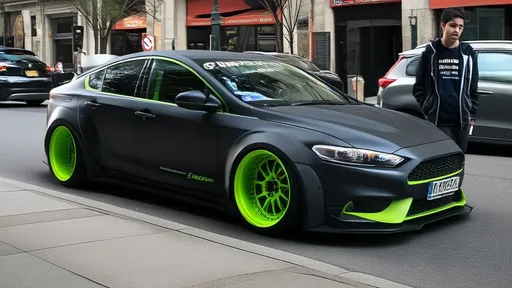
By /Jun 15, 2025
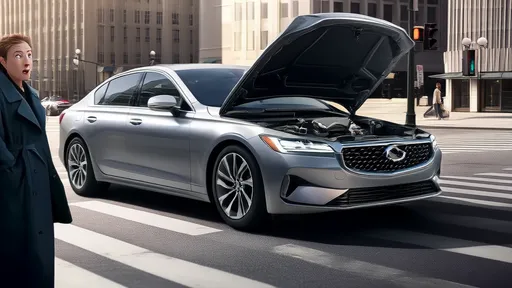
By /Jun 15, 2025

By /Jun 15, 2025

By /Jun 15, 2025
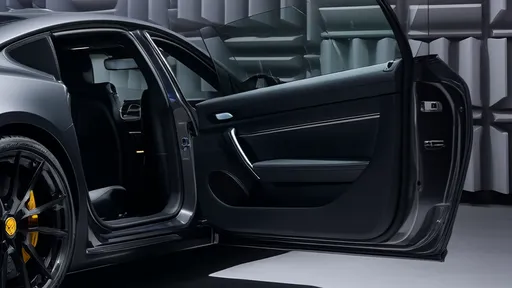
By /Jun 15, 2025

By /Jun 15, 2025

By /Jun 15, 2025
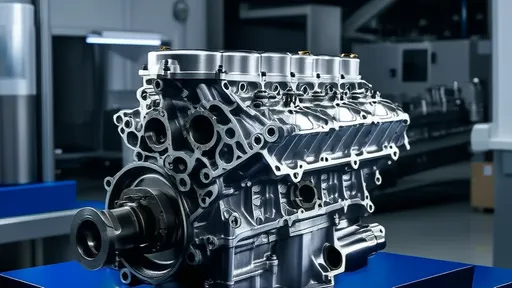
By /Jun 15, 2025
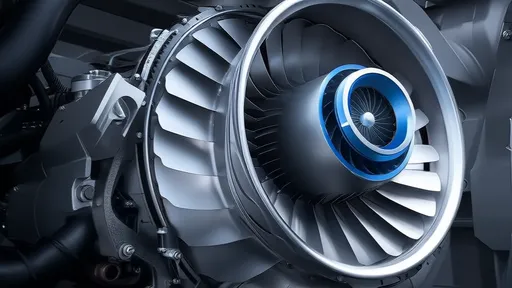
By /Jun 15, 2025

By /Jun 15, 2025

By /Jun 15, 2025

By /Jun 15, 2025

By /Jun 15, 2025
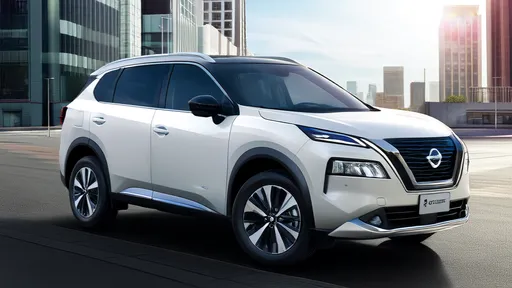
By /Jun 15, 2025
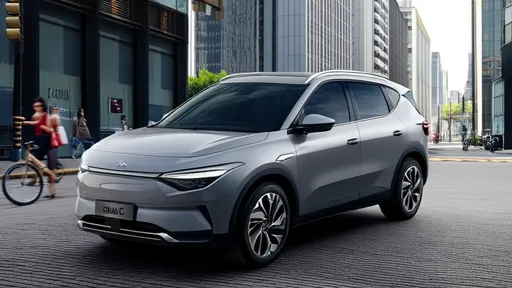
By /Jun 15, 2025
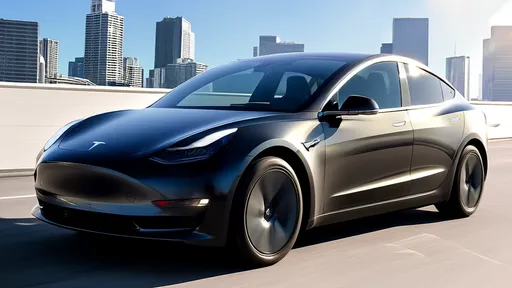
By /Jun 15, 2025